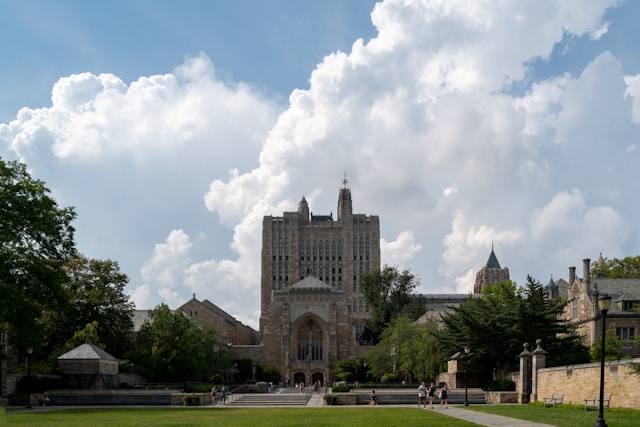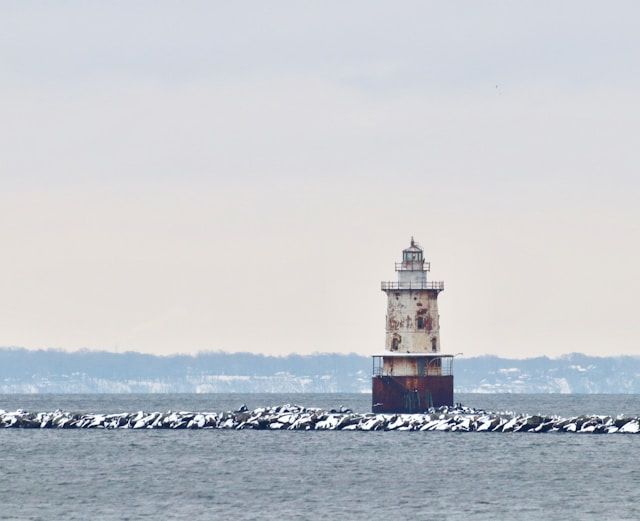A powerful nor’easter slammed the East Coast this week. It brought dangerous conditions from the Carolinas all the way to New England, hitting Connecticut especially hard.
Torrential rain and intense wind gusts swept through, with widespread coastal flooding forcing emergency declarations in several states, including New York and New Jersey. The weather system disrupted major events, knocked out power for tens of thousands, and left communities scrambling to protect homes and businesses.
Explore top-rated stays with no booking fees and instant confirmation. Your dream trip starts here!
Start Exploring Now
Here’s a closer look at how the storm unfolded—and what Connecticut residents might face as cleanup gets underway.
Emergency Declarations Across the Region
As the nor’easter picked up late Sunday into Monday, New York Gov. Kathy Hochul issued a state of emergency for New York City, Long Island, and Westchester County. Acting New Jersey Gov. Tahesha Way declared a statewide emergency for all 21 counties, warning about severe flooding and power outages.
Connecticut officials urged caution. Reports showed serious impacts across towns from Stamford to New London.
Impact on Major Events
The storm didn’t just bring bad weather—it upended plans. New York City’s 81st Annual Columbus Day Parade got canceled for safety reasons and won’t be back until 2026, which says a lot about how intense things were.
Coastal towns like Greenwich and Norwalk had to scale back or postpone fall festivals. Safety came first, with high wind warnings and flooding concerns putting a damper on celebrations.
Connecticut Sees Widespread Power Outages
By Monday morning, nearly 40,000 power outages hit four states, and Connecticut and New Jersey got the worst of it. Towns such as Bridgeport, Hartford, Waterbury, and Middletown lost power as wind gusts and soaked soil toppled trees and power lines.
Utility crews hustled to restore service. In New Haven and Fairfield County, some residents heard they might wait up to 48 hours for full power.
Flooding Threat Along the Coast
Heavy rain and steady onshore winds created dangerous storm surges. Stratford, Old Saybrook, and Mystic all reported water spilling over seawalls.
These waves looked a lot like the damage seen further south. In North Carolina’s Outer Banks, homes in Buxton faced risk after several collapsed earlier this month. Delaware officials activated the National Guard and issued voluntary evacuation orders for Bowers Beach—a step some Connecticut towns kept in mind for future storms.
Rainfall Totals and Wind Gusts
Connecticut saw rainfall totals between 4 and 7 inches in most spots. Meanwhile, parts of the Carolinas got pounded with over 10 inches, and gusts topping 60 mph along the South Carolina coast.
Coastal wind speeds in New London and Groton reached nearly 50 mph. That led to minor structural damage and made things tough for emergency crews. Inland towns like Danbury and Torrington had to deal with saturated ground, which raised the risk of flash flooding and even landslides.
Travel Disruptions
The storm caused a mess for anyone trying to get around. Metro-North service between Bridgeport and Stamford was temporarily suspended because of track flooding.
Flights at Bradley International Airport in Windsor Locks faced weather-related delays. Connecticut’s Department of Transportation warned drivers to stay alert, as debris and localized flooding forced temporary road closures.
How Residents Are Responding
Connecticut communities are known for resilience, and this storm proved it again. Local police and fire departments handed out sandbags in vulnerable flood zones.
Volunteers pitched in to help elderly neighbors prepare for outages. Municipal leaders in towns like West Hartford and Enfield urged folks to check emergency kits, keep extra batteries handy, and steer clear of flooded areas.
Staying Prepared for Future Nor’easters
Nor’easters hit Connecticut’s shoreline and inland towns pretty often. The current storm should move off by Tuesday evening, but officials keep saying it’s smart to stay prepared for whatever comes next.
Here’s what safety experts usually suggest:
- Keep an eye on official forecasts and pay attention to local warnings.
- Bring in or tie down outdoor items so the wind doesn’t toss them around.
- Plan ahead for evacuation if you live in a flood-prone spot.
- Stock up on food and water to last at least three days. It’s not fun to get caught off guard.
- Charge your devices and have some backup power ready if you can.
From Stamford’s busy downtown to Mystic’s old streets, people are already picking up the pieces. It’s hard not to notice how folks in Connecticut pull together when the weather gets rough.
Would you like me to also create meta tags and a short SEO-friendly excerpt for this blog post so it’s ready for online publication?
Here is the source article for this story: State of emergency declared in NYC, Long Island and Westchester…
Find available hotels and vacation homes instantly. No fees, best rates guaranteed!
Check Availability Now








